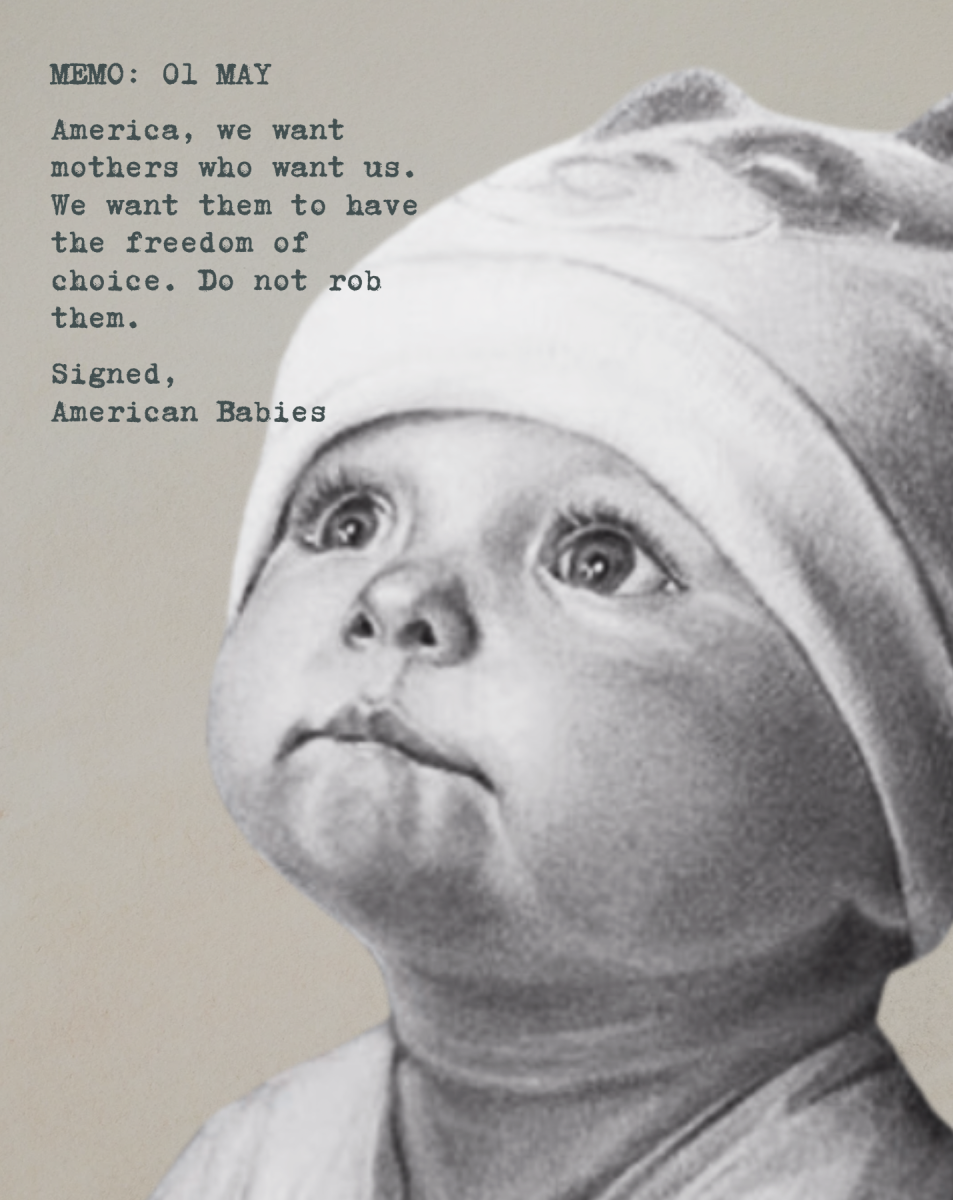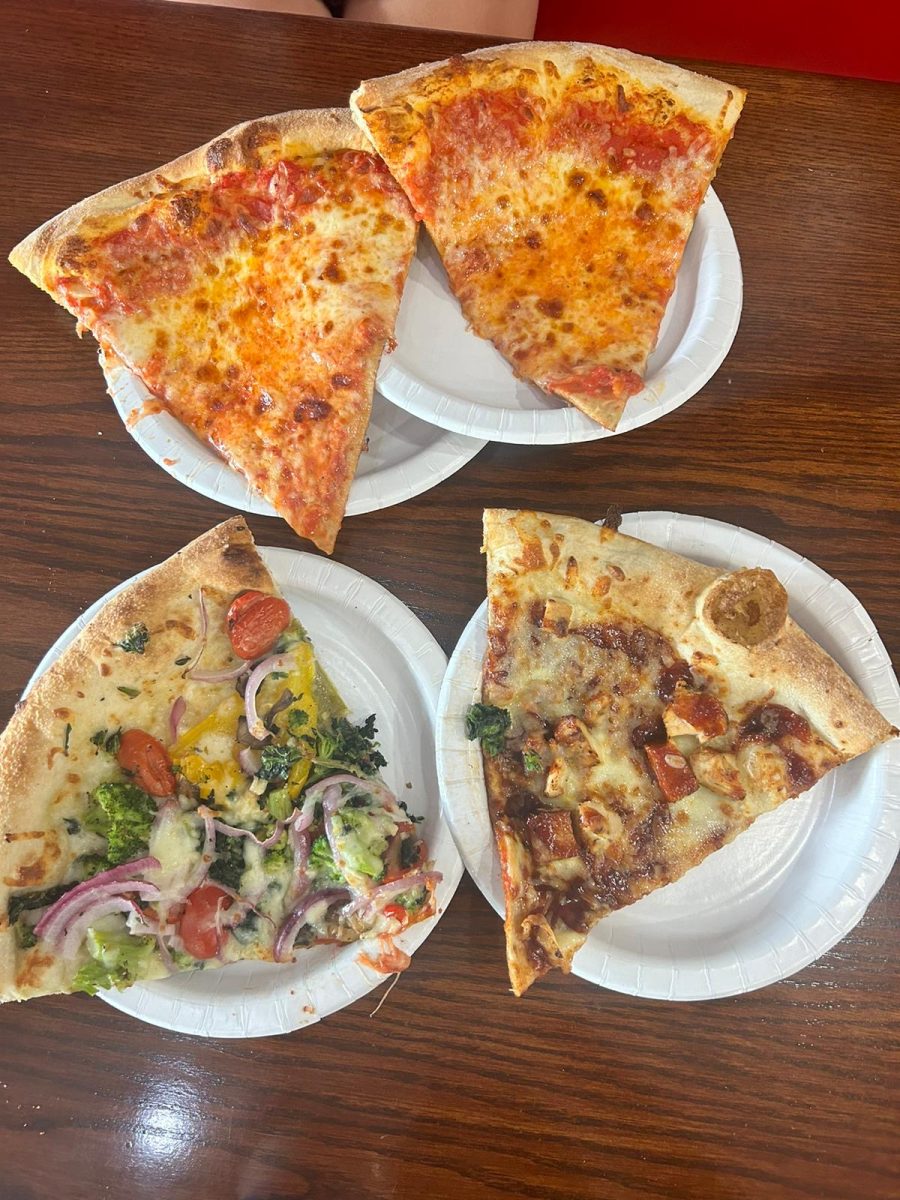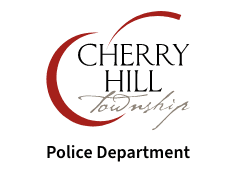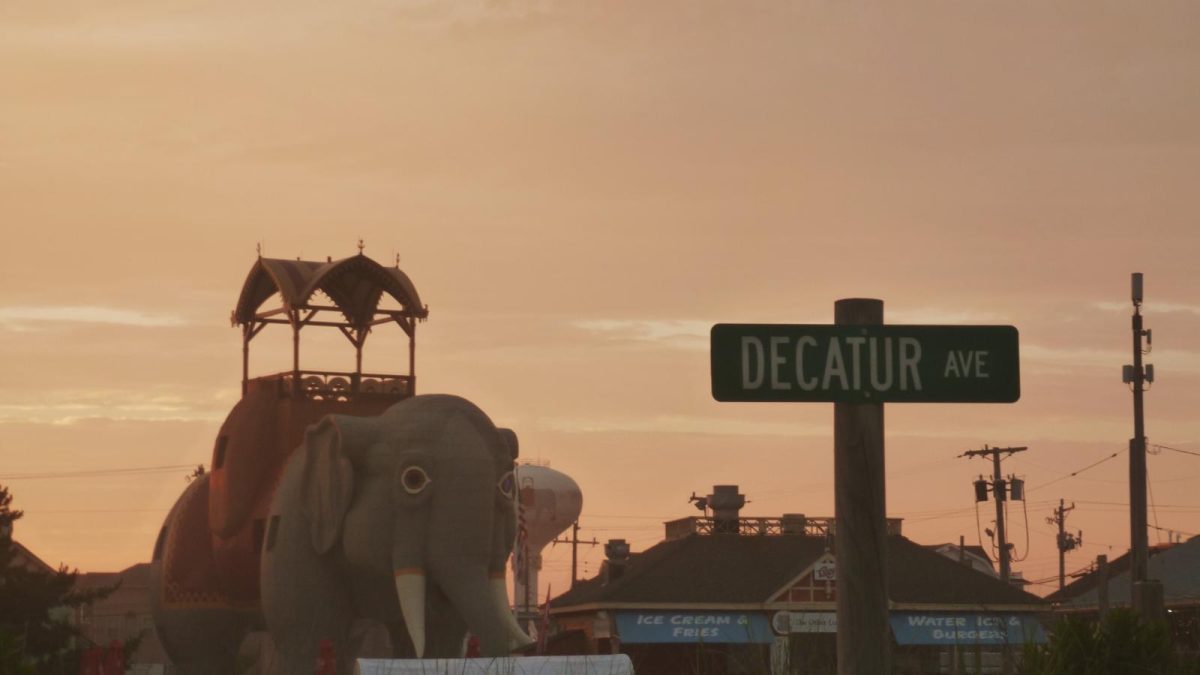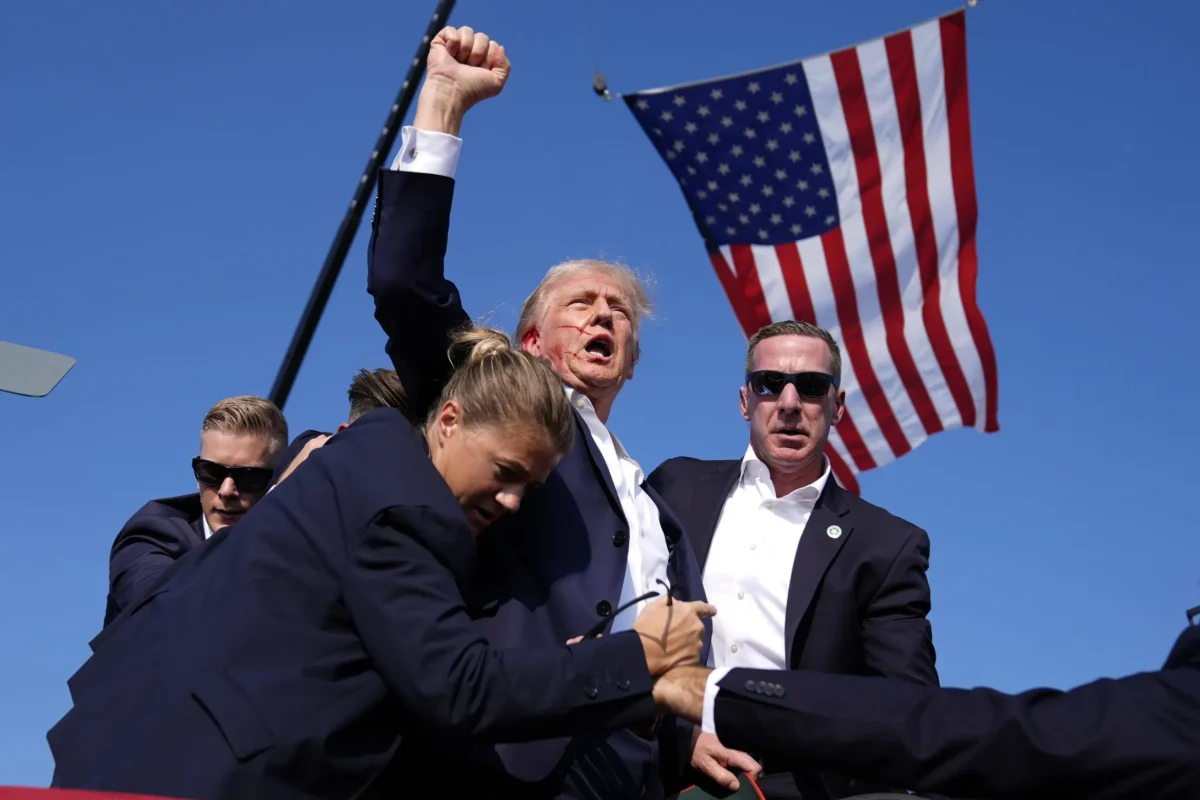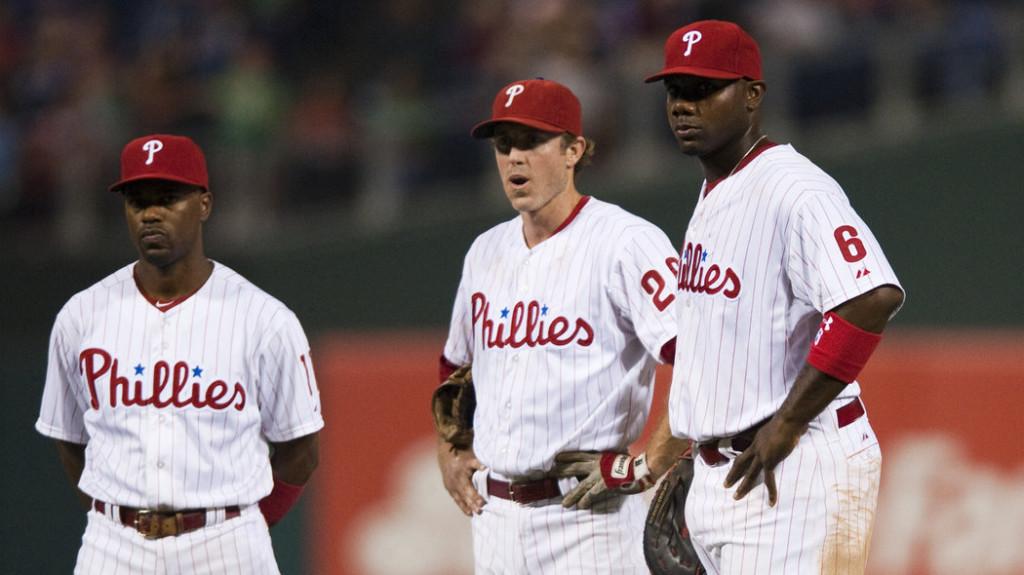Two days after the All-Star Break, the Phillies sit at 49-50, exactly one game under .500. The Phillies have gravitated around .500 all season; this reflects how the season thus far has gone very accurately: a season comprised of many, many inconsistencies. Both the Phillies offense and pitching has been erratic, and what to expect from the team on any given day is a mystery. For example, during a series in June against the Marlins, who are one of the three worst teams in the league, the Phillies won all three games, 7-2, 7-3, and 6-1, respectively. However, during the very next series, a four game series against the Brewers (who were 22-37 up to that point), the Phillies won game one 5-1, and then lost the rest 4-5, 3-4, and 1-9.
The Phillies pitching has been by far their worst asset, as can be seen through a June series the Phillies played against the Rockies, a team which has been bouncing around .500 quite like the Phillies. The Phillies won game one 8-7, lost game two 5-10, and lost game three 2-5. Although offensive inconsistencies burdened them in game three, the pitching was so bad that even five runs, a sufficient amount for any good team, was doubled by the Rockies in game two. Maybe the best example of how inconsistent the Phillies have been is their June series against the Dodgers, a four game series, during which the Phillies lost game one 4-6, then came back to win game two 16-1, and dropped the next two 3-4 and 1-6. The Phillies inability to consistently hit and the abysmal pitching have left the Phillies with a record one game shy of .500.
However, if history repeats itself, then there is hope for the Phillies. Ninety-nine games into the 2007 season, the Phillies were at 51-48, and also struggling with an offense that occasionally did not show up to play, but exploded on some nights, and a pitching staff that plagued them. In 2008, while the pitching staff had improved, the team was still prone to do anything on any given day. Ninety-nine games in, they sat at 53-46, which is much better, but still only seven games over .500. The team went on to win the World Series that year, a year which not many saw coming.
If there is one thing Phillies fans and all of baseball may be underestimating, it is the Phillies ability to finish the season not fatigued like the rest of the league, but stronger than ever. However, the difference between the Phillies teams from the past few years is the age difference. The 2007 Phillies average age was 28.7 years old, the 2008 team average age was 29.9 years old, and the 2013 Phillies average age is 30.3. Although the numbers don’t differ greatly, it must be noted that the age in the 2007 squad came from the team’s bench and bullpen, while their starting line-up featured a 28-year-old Chase Utley, 27-year-old Ryan Howard, and 29-year-old Jimmy Rollins, all of whom were either in or not far removed from their prime, and other young players all around. The 2013 squad’s age comes from the starting lineup and starting pitching, with the youth coming from the bench and bullpen. So, while the Phillies can still heat up at the end, with an older team of players who have already left their prime, it looks doubtful.
The Phillies stand in one of the worst positions a team can be: not very good, but not awful. In fact, ESPN’s power rankings for week 16 of baseball have the Phillies ranked number 17, making them one of the four most average teams in the league. The reason this is so bad is because now the Phillies are not good enough to make the playoffs, nor bad enough to land a top-10 draft pick. If it is any consolation, baseball draft picks are extremely difficult to predict, with some of the best players coming in the late rounds – Albert Pujols in round 13 of the 1999 draft, Mike Piazza in round 62 of the 1988 draft – yet earning a top pick in the draft is always beneficial, as it can be used to draft a great player, or can be traded for other players. Now, the Phillies really only have one option, which is to become so bad that they are able to rebuild through the draft, and hopefully pull a big name player in the process. This can take many, many years, as baseball teams cannot thrive with only one or two good players, but with a good general manager and scouts who know how to pull in low risk, high reward players, it can be done, and the team can become one of the best teams in baseball for years to come.
The Phillies have already begun efforts to become younger, last year trading away all-star outfielder Hunter Pence to the Giants, and outfielder Shane Victorino to the Dodgers, both for prospects. In addition, the younger core of the team, like outfielders Dominic Brown and Ben Revere, both 25, and first baseman Darin Ruf, 26, are all starting, and the bullpen now has many of the Phillies’ young pitching prospects. If the Phillies’ veteran pitchers and pitching coach Rich Dubee can help mature the young, struggling bullpen, this will be a huge bolster to the team, and a much needed one.
Now, as far as the older players, Roy Halladay and Chase Utley are both in the final years of their contracts, Rollins is signed until 2014 with a 2015 vesting option, and third baseman Michael Young is signed through this year. Ryan Howard is signed through 2016, with a 2017 team option, Cole Hamels signed a new contract last year through 2018 with a 2019 team option, and Cliff Lee is signed through 2015 with a 2016 vesting option. Ideally, if the Phillies were able to shop some of their big name players like Chase Utley, Roy Halladay, Ryan Howard, or even Cole Hamels, they would in return receive draft picks, prospects, and a perfect place to start rebuilding. The problem is, nobody wants these players. Every one of the Phillies veterans passed their prime years ago. Additionally, Howard makes $25 million a year, Halladay makes $20 million a year, and Hamels makes about $21.9 million a year. Teams who might want one of these players are not going to want the payroll that comes with them, and because of this, these players are no longer options. The only veteran player who the Phillies might be able to trade is Cliff Lee, who makes 24 million a year, because he is having an outstanding season, and of the Phillies “big three” (Halladay, Hamels, Lee), he has been the most consistent. Even trading him would be hard, however, because the Phillies could potentially be obligated to pay part of his contract, and teams might not want to have a 34-year old signed through 2015 on their team.
So, where the Phillies stand right now is at 49-50—and they look exactly like a team one game under .500. Unless Reuben Amaro Jr. stops throwing money at players to underperform, makes some bold moves and trades, and maybe lands a big name in the process, the Phillies might hover around .500 for years to come – just like last season’s 81-81 finish, exactly at .500.

